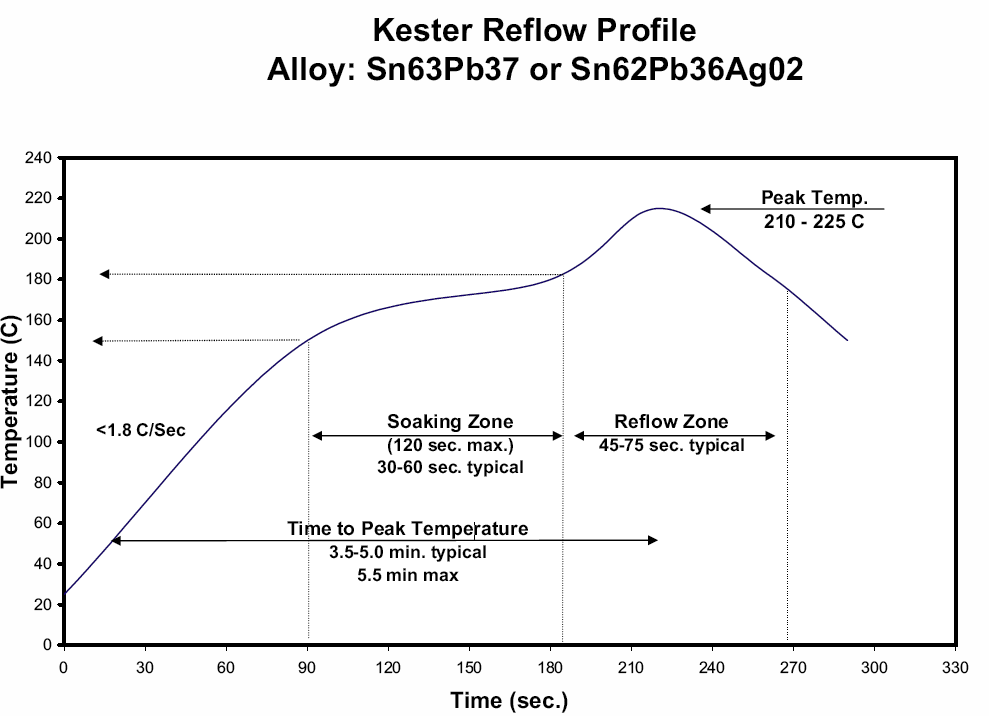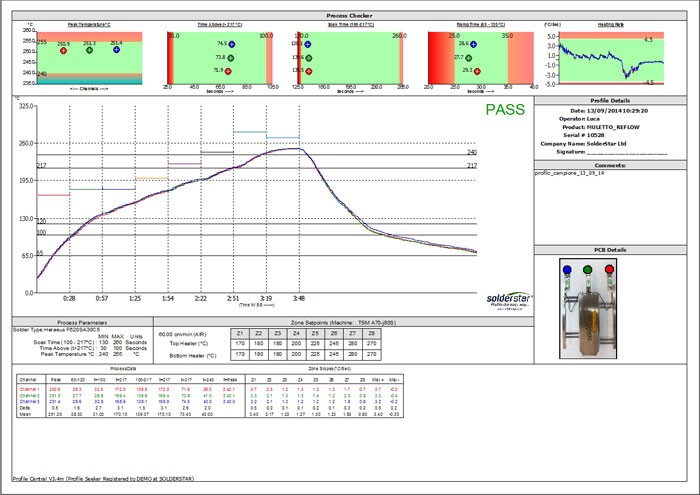

Therefore, the evolutions of mechanical properties of lead-free solder materials subjected to different thermal exposure profiles are of great importance and need to be investigated. They are often subjected to different thermal exposures such as isothermal aging and/or thermal cycling during their service life in various applications such as well drilling, automotive power electronics, aerospace engines, and geothermal energy.
#Reflow temperature free
Lead free solder materials are widely used as interconnects in electronic assemblies. Overall, experimental and FEM results in this study reveal that solder joint reliability in the CPU assembly during thermal cycling can be improved by adopting the thicker reinforced backplate.

It is also found that the residual (bending) strain on the PCB proportional to the maximum von Mises stresses of solder joints (or balls) can be used as a key parameter to correlate with the solder joint failures or cracks during the thermal cycling. The validated FEM results have suggested that maximum stress of solder balls increases almost linearly with decreasing the backplate thickness under mechanical loading during the CPU assembly, but is insensitive to the backplate thickness under thermal loading during the thermal cycling. In this study, the socket's solder joint reliability of the backplate-reinforced CPU assembly and its related mechanics under mechanical and thermal loadings are investigated experimentally using strain gauge and shadow moiré, and numerically by a finite element method (FEM). The solder ball joint reliability of the socket used in the CPU assembly becomes very important. To meet the requirement of the high I/O and fine-pitch interconnects, the conventional insertion-mount socket for central processing unit (CPU) has been changed to surface-mount one with ball grid array.


 0 kommentar(er)
0 kommentar(er)
